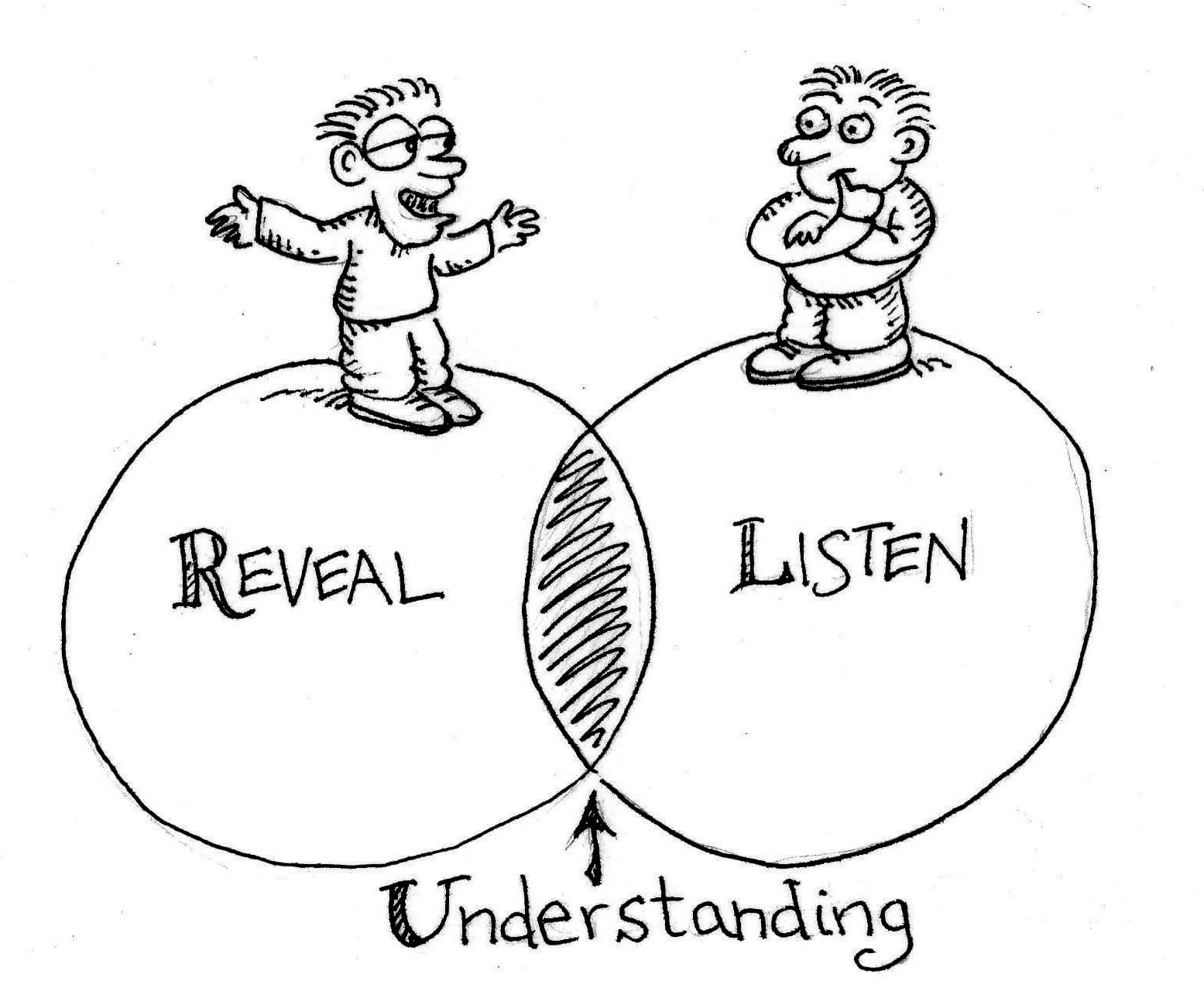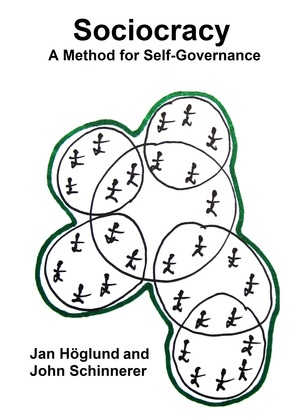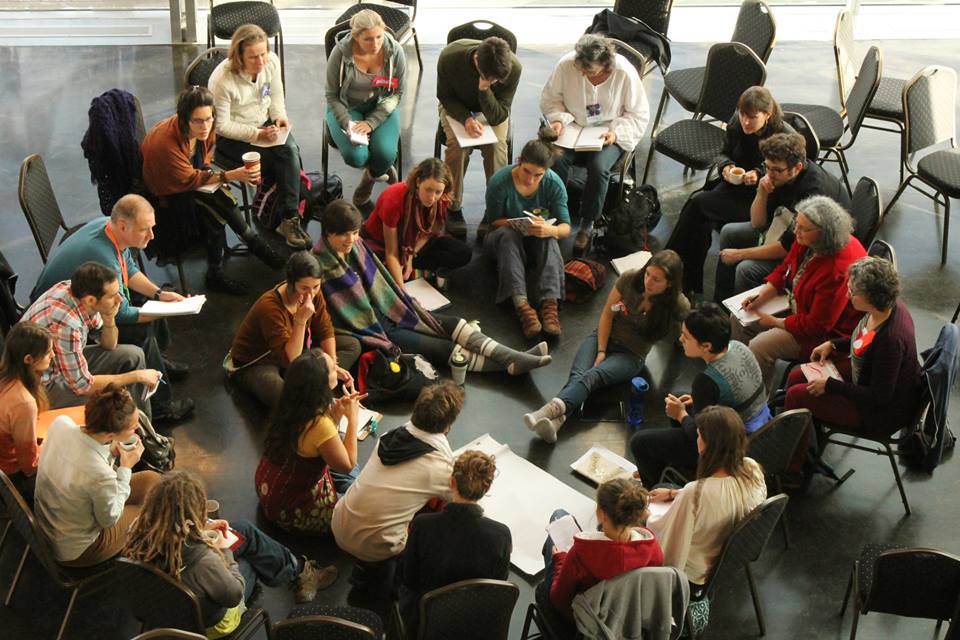Before we experienced living communally at Valhalla, we had a very strong idea of what being in community “should” mean and a lot of expectations of what the experience would be. Since we all shared similar values and goals, we didn’t expect much conflict within the group and thought our project would be moving forward very smoothly.
We were wrong and had to face many conflicts within the group. We couldn’t understand why there was conflict because we were emotionally attached to the ideas we had of what a community should be. So we had a hard time letting go of our ideas.
It took a year together and the help of a few friends and community experts from The Global Ecovillage Network to help us figure out what misconceptions were the cause of our inner conflict and how we could change it. We are now in the process of integrating these changes within Valhalla, as well as creating content, organizing workshops and webinars with experts to promote and educate all community enthusiasts, so that people don’t do the same mistakes that we have!
1. You need to know who you are
Many complications happen when there is no strong foundation of what your community is, what it stands for and what its values are. Some of it may change over time but preferably not. At Valhalla we had a general idea of what we were but overtime it got clearer and clearer. Now, we’ve more aware than ever and doubt that it will change in the near future. What you need to know is:
Your Vision: Why are you building this community? And what would you like to see happen in the far future. This doesn’t need to be very clear, just an idea of why you’ve taken on your mission.
Your Mission: This is what you’re doing. Are you building a community? Are you working on your land in a specific way? Are you doing some type of research as a community? It doesn’t need to be detailed again but it needs to be clear.
Your Aims: This is how you are doing your mission. It involves materials things that you are creating, products or services that you are providing. It is strategically planned to make your mission and community thrive.
Your Values: This is what you stand for and what you know as a group that everyone in the community resonates with.
When you have that all cleared up, it’s easy to know if someone fits in with the group or not. If someone doesn’t agree with some of these points… they might not be the right fit for your community. It’s MUCH easier to set all of this up at the very beginning when you are a small group. The bigger the group, the more difficult it will become for you to find cohesion together. And it may lead to some people leaving or the community to split into smaller groups.
2. Learn and Apply a Good Conflict Resolution Method
Conflicts happen. It can be something small or something big… or begin as something small and grow into something big. They just do, and trying to pretend they don’t isn’t going to help. It especially occurs in situations where there is no hierarchy and everyone wants to feel like their voice is heard. Communities also tend to be something we are very emotionally attached too, so feeling like we aren’t heard by the rest of the members causes a lot of people to be get hurt.
When starting a community it’s VERY important to research the different methods for conflict resolution and train and practice until it becomes second nature for everyone. New members need to also to learn and practice the method to become a full time member.
With the right tools, the community members can understand how to properly communicate and avoid issues. If issues occur, they can be fixed quickly. This creates a much closer bond amongst community members… and the method can also apply for all relationships in our lives.
The current most recommended methods for conflict resolution in Intentional Communities is Non-Violent Communication and Restorative Circles.
I will be writing a blog to develop on Non-Violent Communication, Restorative Circles and other Conflict Resolution Methods soon.
3. A community needs structure and a good decision making method
As much as we may be interested in all the different projects that are happening in a community,it can get quite difficult to stay organized and efficient when too many people are involved. Quite often, people with less experience or knowledge will slow down the group by requesting further clarification or even blocking a decision that is being made by the group.
Many starting communities use Consensus Decision Making as their decision making model. The method is loved because it ensures that every member approves of the decisions made by the group. “Nobody is left out and unhappy”. This often leads to communities feeling blocked because decisions are always blocked by some members. Members get upset that the community projects can’t move forward because of the constant blocks. This eventually leads to conflict and quite often to communities breaking.
There are a few models that help solve these issues, mainly the N-Street Consensus Decision Making Model, Sociocracy and Holacracy.
I will be writing a blog to develop on various decision making models as well.
4. There must be a membership process
This is a no-brainer to some, and is hard to swallow for others. Community enthusiasts tend to want to accept anyone into their community because they want to help and support anyone interested.
There is no nice way to say this… Building a community is hard work and takes a lot of time. Having members that are irresponsible, disrespectful, emotionally distressed or even if they only have a negative attitude tend to drain and exhaust the energy of the group. It causes a lot of conflict and doesn’t permit any projects to move forward… which causes more conflict.
Making sure that anyone who wants to join the community goes through a process allows to make sure that they are a good fit with the group.
Important membership criteria:
- Understand and support the communities Vision, Mission, Aims and Values
- Acknowledge the community rules and their personal responsibilities
- Learn the community’s decision making method and governance
- Learn the communities conflict resolution methods
- Provide references if asked for it
- Uphold personal financial responsibilities
- Meet the communities activity requirements
- 6 month/ 1 year process before being accepted
I will be writing a blog to develop on membership process too!
5. Rules and Responsibilities need to be assigned
Many of us who believe that living communally is the solution do it because we’re tired of the way things work in mainstream society. We often come in with the idea that the reason things don’t work in the world because of all the rules set in place. So we attempt to build community around ideas of pure freedom without any rules and regulations.
We expect everyone to be responsible enough to keep things organized, in line with the community values and clean. And even if the community members aren’t the best at it, we love each other so much that we would gladly help each other.
It’s a bit more complicated than that. We all have different comfort zones, we all work differently and we all have different schedules. And when projects are intertwined, people become very dependent of each other to move forward. When things don’t get done, conflict can easily arise.
To avoid conflict, it’s important to have all the rules, responsibilities and schedules clear and agreed upon with the entire group. All this information should be clearly written out and available for everyone to see at all times.
The group also needs to have a method to help everyone stay accountable to the agreements and responsibilities they take with the group. With the information clearly written out and available, the community can explain to anyone who isn’t staying true to his words that they need to be respectful to the rest of the community.
It’s also important not to “shame” the person who isn’t following the rules; they’re your friends after all. Diana Leafe Christian recommends a graduated series of consequences. Starting with a small conversation and slowly escalating the consequences until it comes down to the community meeting with the member to let him/her know that they may need to find a different community.
It may be drastic to talk about leaving the community but it could avoid the community breaking over it. Usually, having a clear method and making sure all agreements are written down is good enough to have the member stay true to their promises.
And if people want to prove their love to each other, they can volunteer to take someone’s responsibility or help them with it. Having someone responsible keeps the energy of the community high and allows the members to focus on their projects and having fun!
6. Possessions and Assets Don’t Need to be Shared
A big myth is that in communities everything needs to belong to everyone. People will literally say that otherwise it’s not a real community. Some will outright say that communities should share income as well.
There’s definitely something awesome about sharing with friends but it doesn’t mean that everything needs to be that way. Believing this is only a way to make life difficult for communities. You can always choose what things you want to share and what things you don’t.
I don’t have much to develop on this point other than to say that we all have personal possession we all have investments that we’ve worked hard for that we can’t let go of just yet. And that’s ok! We need to respect that.
Another example is sharing private space. People need private space, they just do. Living in a tight space with many people may seem like a good financial decision at first, and will surely help with your tolerance in the future but you’ll be driven crazy at one point or another. So respect your space!!
If you’re looking for more info, check out this awesome video on Living Your Own Ecovillage Reality:
I hope this list helps everyone take the time to prepare for community. Living communally is an awesome experience, and having the right tools for it allows an even better one.
For those of you who disagree with my suggestions, please take the time to talk to anyone who’s lived communally for over a year or 2, and I’m sure some of these points will come up. If you have lived communally for that long and disagree, please share in the comments how you handled these scenarios!




Love it. I’m looking forward to the New Earth Nation community starting in Alabama in 2015.
Thanks, Marty! Great stuff in here, and I’m stoaked to see your future blogs!
Hello, Edward Bach. I’m very interested to learn more abaout the New Earth Nation community. Thanks!
Great post, Marty! Very well put together
:-) very nice article . is there a current link to the vieo as when i ckick on it it says “this Video doesn not exist ” thanks , have a nice day :-)